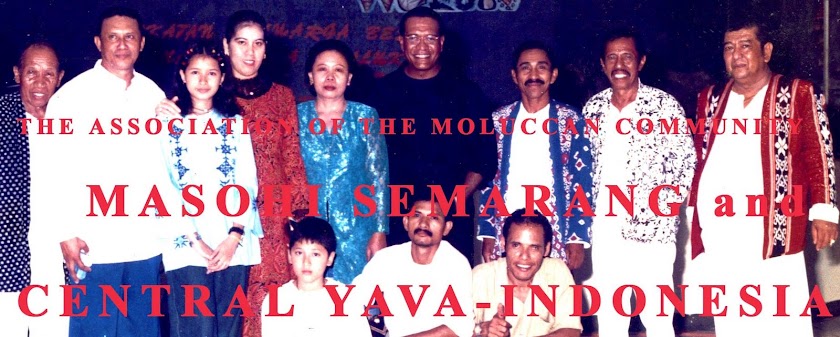The island's beauty

When the Portuguese landed at Banda in 1611, they thought they were the first to discover the Spice Islands. Actually, the Moros had been trading there for over a hundred years. And like the Portuguese, when the Moros first set foot on Banda, they thought they were the first ones there. But from talking with Chinese residents of Banda, they learned the Chinese had been trading at Banda for 600 years before that. This means that since the early tenth century AD, Banda Naira has attracted the world's nations to compete for nutmeg (Myristica Fragrans), the island's main commodity, which has been known since the days of the Roman Empire.
This brief excerpt is from the book "History of Banda Naira" by Des Alwi – a native son and witness to history, and the best reference to the history of these islands lying southeast of Ambon. But it's even better if you come and see for yourself, because Banda Naira is certainly worth visiting. Much of the nation's history was carved out here, and its natural beauty is breathtaking.
Other nations knew these islands in Maluku as the "Spice Islands" because they were the world's main source of nutmeg, mace and cloves (Syzygium Aromaticum). Starting in the 15th century, for four centuries the Portuguese, the British and the Dutch fought for control of the trade.
The Banda Naira island chain in the province of Maluku stretches through the Banda Sea and comprises Naira, Banda Besar, Gunung Api, Ai, Run, Hatta (Rosengain), Sjahrir (Pulau Pisang), Nailaka, Manukang (Pulau Suanggi), and Pulau Karaka. (The last three are uninhabited.) In his book, Des Alwi tells an important historic tale about Pulau Run.
On 31 December 1601, Queen Elizabeth I granted a charter to the Honourable East India Company (Gentlemen Adventurers Company Limited) for their first journey to the Moluccas. In her instructions, she declared that the United Kingdom consisted of England, Wales, Scotland, Ireland, and Run Island – Britain's first colony anywhere in the world, long before India, America or any other places in Asia. In 1621, the Dutch defeated the British in nearly all the Banda islands, except for Run 
You can imagine how important Run must have been in those days, though things have certainly changed. Manhattan is a world-famous metropolis with billions of dollars of transactions every hour, while Run is isolated and mostly unheard of.























0 komentar:
Post a Comment